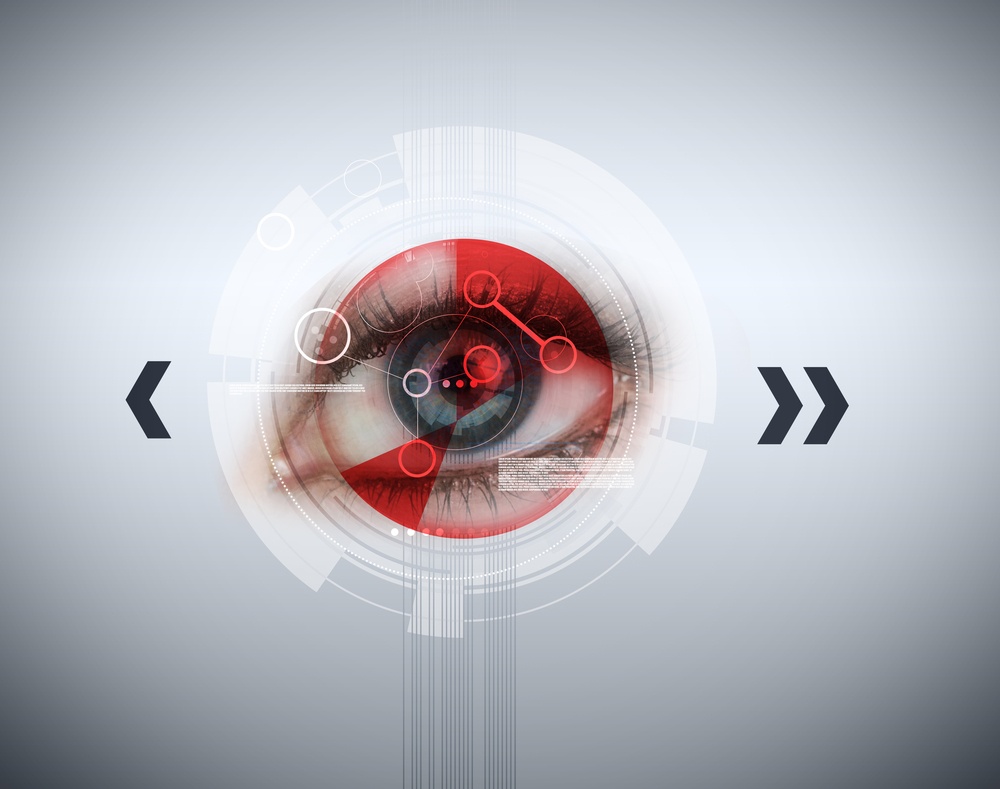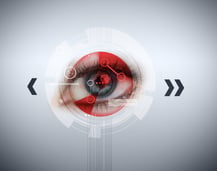Ouch! My eyes itch and burn.
Dry Eyes Your eyes produce tears containing natural infection-fighting antibiotics every second. Blinking spreads the tears over the eyes’ surface...
2 min read
 The Rochester Eye & Laser Team
:
May 24, 2017 11:06:00 AM
The Rochester Eye & Laser Team
:
May 24, 2017 11:06:00 AM

 In a Dry Eye and MGD blog post from June 11, 2016, Meibomian Glands were discovered 350 years ago. Why should you care?
In a Dry Eye and MGD blog post from June 11, 2016, Meibomian Glands were discovered 350 years ago. Why should you care?
Miebomian Glands. That is one strange sounding name for glands. What are they? For that matter, where are they? You’ve most likely never heard of them, so why do they matter? There are answers to all of those questions and, if you think you have Dry Eye or have been told you have Dry Eye, you really care about those answers because your eye health depends on it.
Dr. Heinrich Meibom, discovered Meibomian glands in the mid 1600’s, over 350 years ago, hence the unusual name. What Dr. Meibom did not know was the role these tiny glands would play in eye health and the impact they would have on the well-being of millions of people with Dry Eye symptoms. Thanks to Dr. Meibom and his early discovery, Meibomian Gland health is now becoming an essential part of eye care. And it was his foresight that led to another groundbreaking revelation by a panel of experts in 2011, that the leading cause of Dry Eye is Meibomian Gland Dysfunction or MGD.
At first glance, the discovery of Meibomian Glands may not seem like such an epic event. However, now that we know what happens when these tiny glands do not function properly, the health of the Meibomian Glands is no doubt significant to those with Dry Eye and MGD. Today, eye care professionals with the right technology can properly treat MGD. And to think, it started with Dr. Meibom identifying glands that most of us have never heard of: the meibomian glands.
If you have Dry Eye, then it is highly likely that your meibomian glands may be impaired and causing your Dry Eye Symptoms. MGD is a progressive problem that starts early, so whether or not you currently have Dry Eye symptoms, screening for MGD is essential. In the earliest stages of MGD, there may be minor indications like burning, watery eyes that will worsen over time as MGD progresses and symptoms become more severe. But the good news is there's LipiFlow®, a virtually painless procedure, that can treat the cause directly.
If you suffer from evaporative dry eye, Lipiflow® is a gentle and painless procedure that opens and clears blocked glands. Then your eyes can start naturally producing the complex oils that create a healthy tear film. This in-office treatment may even be scheduled on the day of your evaluation.
“So many people experience unnecessary discomfort with dry eye. It may start with mild symptoms that are easy to ignore. But the condition usually worsens over time and impacts daily life. There’s a simple, painless solution to regain eye health and comfort -- Lipiflow®. Come in and see us for an evaluation and learn more about treating your dry eyes. I use Lipiflow® myself for my dry eyes.” Kenneth Lindahl, MD, Rochester Eye & Laser Center

Dry Eyes Your eyes produce tears containing natural infection-fighting antibiotics every second. Blinking spreads the tears over the eyes’ surface...

Dry Eye Syndrome and glaucoma commonly occur together. Patients may have irksome symptoms, but might not associate them with dry eye syndrome.
{% video_player "embed_player" overrideable=False, type='scriptV4', hide_playlist=True, viral_sharing=False, embed_button=False, autoplay=False,...